How Has History Affected the People of Australia and the Pacific Region?
Who Are the People of Australia and the Pacific Region?
The geography of Australia and New Zealand differs. Yet they do share a similar history. People from different parts of the Pacific settled both countries. You will learn more about New Zealand in Chapter 3.
The Aborigines (a-buh-rij-neez) of Australia were the first settlers in Australia. They came from Asia at least 40,000 years ago. They probably came by boats and walked across pieces of land that once bridged the continents.
For centuries, Aborigines lived as nomads. They gathered plants, hunted, and looked for water. You may know about one of their inventions. They created the boomerang. This weapon is a U-shaped flat wooden tool used to hunt prey. If the boomerang misses the prey, it curves and flies back to the hunter.
For thousands of years, Aborigines lived in small family groups. They roamed along the coasts and river valleys. Some even found ways to live in the harsh, dry outback. These natives had strong religious beliefs about the land and nature. They believe their ancestors do not die. They become part of nature instead. Aborigines believe they have a duty to preserve the land. They have a rich storytelling history called Dreamtime. These stories explain about the creation of the world.
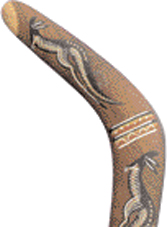 A boomerang
A boomerang
How did humans reach the thousands of islands throughout the Pacific Region? Scientists think they first came from Southeast Asia. They were skilled at building canoes and were experts at sailing. They settled many of the islands.
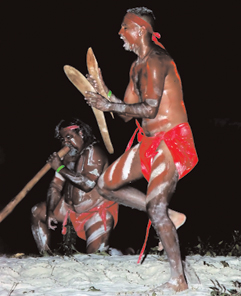 Corroboree or Aboriginal dance ceremony
Corroboree or Aboriginal dance ceremony
The Europeans Arrive. In 1770, British explorer James Cook landed on the east coast of Australia. He claimed the land for Britain. The British government used the country as a place to send prisoners. Soon, other settlers also came.
In 1851, gold was discovered in the outback. The British set up colonies. Settlers took over the Aborigines’ land. Many natives died from diseases brought by Europeans. Aborigine families were separated. They faced injustice and lacked rights. Many were forced to work on huge cattle and sheep ranches called stations. Europeans insisted that native people adopt European ways. Finally, in 1967 they were recognized as citizens. Most Pacific Islands became territories of other countries. Today, many islands have gained independence.
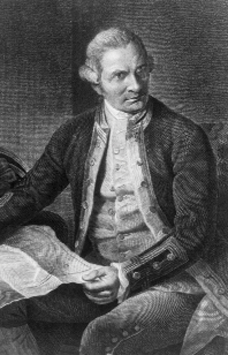 James Cook
James Cook
The Government. In 1901, the colonies joined to form the Commonwealth of Australia. The government is influenced by the British style of government. The British queen is the head of state. It is a parliamentary democracy. That means citizens elect members to represent them in parliament. The country has a prime minister as the head of government. Australia also has a federal system like that of the United States. A central government shares power with the states.
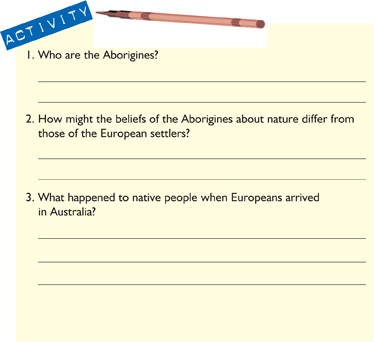
Who Are the People of Australia and the Pacific Region?
Before the European invasion into Australia, the Aborigines had over 650 different groups, or tribes. Each group had its own language, laws, social and political system, and land. Europeans forced native tribes to give up their language and many of their customs.
Today, only about 50 Aboriginal languages are still spoken. These languages are now used in some schools along with English. The Aborigines believe it is important to use their languages because they are a part of their culture.
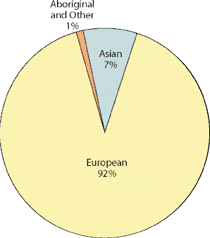 Australia: Ethnic Groups
Australia: Ethnic Groups
Over time, the government's policy toward the Aborigines has changed. Many of the most sacred places for the Aborigines have been returned to them. They now control the tourism and use of the sites.
One example of this is the very famous Uluru (oo-lah-roo), or Ayers Rock. This is one of the most scared places to the Aboriginal tribe Anangu. The government has returned the surrounding lands to the tribe. The tribe believes it is responsible for preserving the environment for future generations.
Located in the center of Australia, Uluru is an enormous sandstone rock. Millions of tourists visit Australia every year. Many make the trip to this special place. The rock appears to change color as the light changes. Tourists get their cameras ready to capture the colors at sunset.
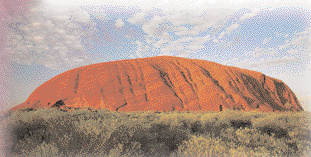 Uluru (Ayers Rock)
Uluru (Ayers Rock)
Let's Celebrate. Australia and the Pacific Islands have many celebrations that bring people together. Some are unusual. Two take place in the outback in Alice Springs. The “Henley-on-Todd Regatta” is a unique boat race. It is held on the dry bed of the Todd River. People make boats out of bottomless cans. Then they run the length of the course. Alice Springs also has a camel race every year.
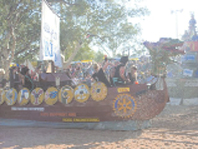 Henley-on-Todd Regatta
Henley-on-Todd Regatta
Every year on the first Tuesday of November, Australians hold a special horserace. It is called the Melbourne Cup. Melbourne is the capital city of Victoria. The country stops while the race is run. People dress up on race day, wearing their best clothes.
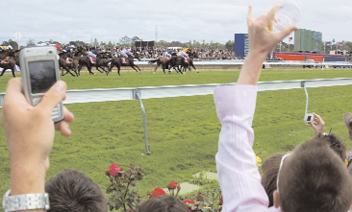 Melbourne horse race
Melbourne horse race
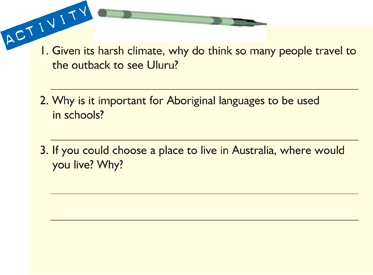
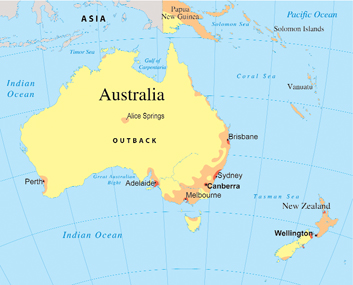 Australia: Where People Live
Australia: Where People Live
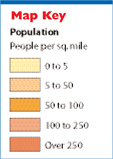
What Is Australia and the Pacific Region Like Today?
Despite its isolation, Australia is a rich and well-developed country. Ninety-two percent of Australia's population is European. Although 93 percent of the people live in cities or near cities, there are large sheep and cattle stations in the outback. About 7 percent of Australians live in rural areas.
Children in Australia must go to school between the ages of 6 and 15. Primary school is 6 years. Secondary school is 5 or 6 more years. The school day is from about 9:00 A.M. to 3:30 P.M.
 Rabaul, Papua New Guinea
Rabaul, Papua New Guinea
But what if you live far out on one of the sheep or cattle stations? Is there a school nearby? For these children, a two-way radio is necessary. They tune into “School of the Air.” They use the radio to talk to their classmates and teacher. When these students get older, they might go to secondary school at a boarding school. They will go home on weekends.
Living in the outback can be lonely. But today more people have phones, computers, and radios to help them stay connected.
 Waterfront in Papeete
Waterfront in Papeete
Close to 9 million people live in the Pacific Island region. Tourism is important to the islands as well as to Australia. But the islands do have some special problems. The region's isolation makes trade difficult and expensive. Many of the people are poor.
Global warming is also a concern. When polar ice melts, it raises the ocean level. Many low-lying islands could be covered by water. From the 1940s to 1990s, many of the islands were used for nuclear testing. This raises health concerns for people living in the region.
The islands are filled with contrasts—from the climates to how people live. Some small fishing villages look the same as they did in ancient times. Homes are still made of bamboo - d palm leaves. There is no ctricity. The bigger cities on some islands have modern buildings, roads, and cars.
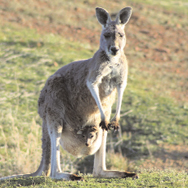
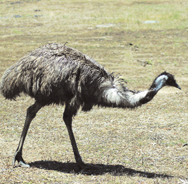
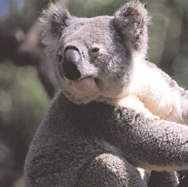
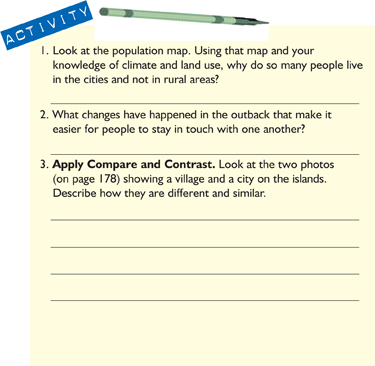
Additional topics
- Looking At New Zealand - Where in the World Is New Zealand?, What Is the Geography of New Zealand?
- What Is the Geography of Australia and the Pacific Region? - What Is the Climate Like?, How Is the Land Used?
- Other Free Encyclopedias
History Reference: Ancient History & World HistoryThe Eastern Hemisphere - Australia and the Pacific Region



